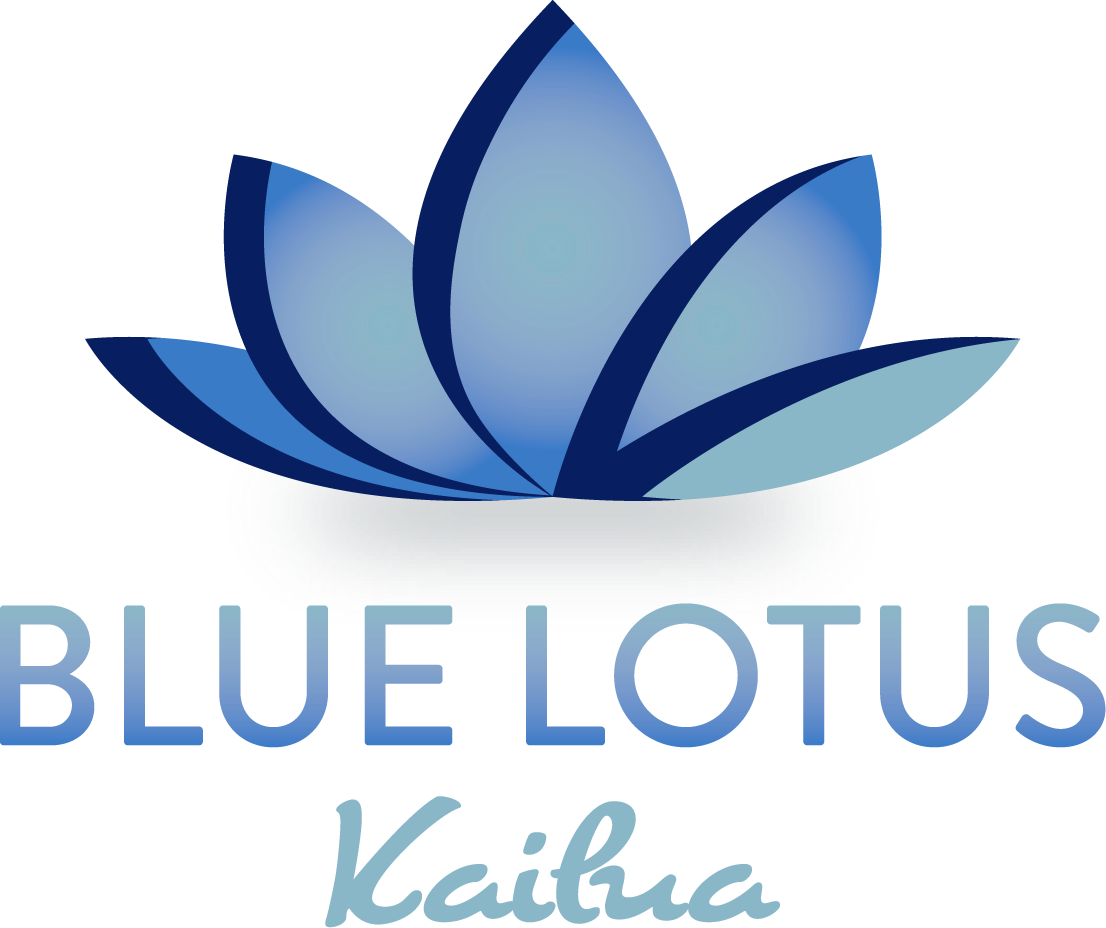I’m a planner. Always have been, always will be. My follow through is on point about 99% of the time, and I almost always have time to accomplish everything I want to do each day.
Is this because I have a compulsive Type A personality, and love the satisfaction of being able to check everything off of my to-do list? Well, yah…LOL, but it’s also because I have acquired these three very important skills over the years.
3 skills necessary for effective time management:
1. Priority Setting
“Time will stretch to accommodate what we chose to put into it….When we focus on what matters we can build the lives we want in the time we’ve got.” – Laura Vanderkam
The words, “I don’t have time” translate to, “it’s not a priority.” Don’t worry, it’s OK. Not everything in our lives can get priority status.
But, it’s time to get honest with yourself, and others about what the priorities in your life are. What are your non-negotiables? Your “I’m-a-miserable-person-if-I-don’t-do-these-things-everyday” tasks? This is where you need to start, when it comes to managing your time and building your ideal schedule.
Make a list of the things you must accomplish every day, week and month in order to be happy and feel accomplished. Do this ahead of time, instead of when the time comes. Once these decisions have been made it will be much easier later on to focus on getting them done. Make commitments to yourself and others based on your deepest values.
2. Organization
When it comes to organizing your time you need two things: tools and a good grasp of time. Things like calendars, reminders and to-do lists can be helpful tools for getting organized. But, what is equally important, is being able to determine how much time you will need to set aside for each task you need to accomplish. Whether it’s brushing your teeth or driving to and from work, everything takes time. The more dialed in and honest you are about how long things take, the more productive your life will be.
3. The Ability To Set Boundaries.
Once you have figured out what’s important to you and how you are going to get it all accomplished, you have to set boundaries, so that you can carry out your plan.
Be firm. When someone asks you to do something that doesn’t fit into your schedule, say no. This can get tricky, because as we all know, life likes to throw us curveballs when we are the least bit ready for them. So, keep this as a general rule, but don’t beat yourself up when you get knocked off course. If you end up changing your schedule, do it consciously, in a way that feels good and in line with your values.
It is helpful to plan for this, when you are thinking about your priorities. For example, if you enjoy going out for brunch when a friend calls out of the blue, or have a co-worker that is constantly asking you to cover their shift, you will need to plan for this and make room in your schedule just in case. Worst case scenario, you have blocked out time and the thing you planned for doesn't happen. I’m sure you can get creative, in order to make the best use of this time. Massage anyone?
How to put these skills into action:
Step 1: Analyze your current situation.
Track what you are currently doing every day for 1-2 weeks. Make notes of how long things take, how often you got distracted and for how long. You want a clear picture of what you are actually spending your time doing every day.
Step 2: Create a list of your top priorities.
Create different categories such as work, family, friends, health and passion projects. Think about goals you have or things you would like to do in the future. In each category choose your top priorities. Then take that list and organize them from top to lowest priority again. This is your starting point.
Step 3: Create tasks.
Every priority and goal whether it be cooking dinner for yourself, launching a new business or taking a trip will have tasks associated with them. So, what are they?
Here are examples of tasks associated with the goal of cooking dinner 5 nights a week:
When you start looking at your goals in this way you really start to see how involved they can be. Each of these tasks take time. If your goal is important to you (a priority) than you will figure out how to accomplish each one in the time allotted.
Step 4: Fill out an ideal weekly schedule
I do this every Sunday for the week ahead. I keep a general template that doesn’t change much week to week and fill it in, or make changes as needed. I let people know that when I make plans they need to be at least a week out, so that I can fit it in to my schedule without having to compromise one of my priorities.
For example, a sample work day of mine might look something like this:
5:30-6:45 am - Morning routine (brush teeth, drink lemon water, do mobility drills, read something inspiring, journal, meditate)
6:45-7:30 am - Write.
7:30-8 am - Eat breakfast
8-8:45 am - Make bed, get ready for work.
8:45-9 am - (travel time)
9-12pm - Work
12-12:30pm - Lunch break
12:30-4:30pm - Work
4:30-5 - (travel time)
5:15-6:30 - Yoga
6:30-7 - (travel time)
7-7:30pm - Prepare dinner
7:30-8:15pm - Eat dinner with my husband & clean up kitchen
8:15-8:30pm - Reflect on my day and write my to-do list for tomorrow
8:30-9pm - Get ready for bed and read.
9pm - bedtime
Note that all commuting time is accounted for and that only my top priorities are on the schedule. This will look different day to day, depending on what I have planned, but the basic template always stays the same: Morning routine | Work | Exercise | Quality time with my husband.
Another thing I will note here is that I do not fill any free time with things that are not meaningful to me. I rarely ever turn on the TV, I limit my time on social media and I only check my personal email 1-2 times a day (instead of several times throughout the day). These things can be time suckers and I’d rather be doing something more productive with my time.
Step 5: Constantly reflect and adjust to improve.
Are you accomplishing all of your tasks each day? If you are constantly saying no than you are either not being honest about how long each task takes, or you are not commiting to your ideal schedule (in which case, it’s probably not an ideal schedule for you). Not too worry, you can adapt and change it whenever you need to.
Helpful tips:
Stay focused. Work on tasks one at a time until they are complete before moving on to the next one.
Delegate. What can you get help with, so that you can focus on your top priorities?
Make decisions ahead. Set yourself up for the week and then make a to-do list every night for the next day. This prevents your brain from becoming overwhelmed the day of.
Schedule in free time like it’s an appointment. Your brain needs downtime in order for it to be creative. Take at least one day off each week where you don’t have to follow any kind of schedule.
Decide what your most productive times of the day will be. For me, I am most creative during the morning and beginning of the day, my brain starts to fatigue around 3 or 4pm, so that’s the time I usually go work-out or meet up with a friend.
Always pay attention to your calendar. Check it every day. Put ideas, tasks and reminders in there so you never forget anything. Don’t ever rely on your memory.
Schedule things in chunks. For example, My morning routine actually extends up until the time I leave for work (5:30-9), then I have a work chunk (9-4:30), then an exercise chunk (5-7) and then the rest of the evening is free to have dinner and relax at home (7-9pm), that’s four chunks.
Automate as much as you can. Save your brainpower for problem solving and creating. Put it on auto pilot for everything else. Automations, such as auto-pay for bills, eliminates these tasks from your schedule freeing up time and brain space.
Wake up early. Unless you are sick or exhausted laying in bed all morning is a waste of precious time. Make sure you get your 7-8 hours of sleep though.
Create routines. This way you automatically know what comes next. Consistency creates habits.
Written by Sarah Burchard
Sarah Burchard is a writer, marketer and ingredients driven chef. She is the author of The Healthy Locavore, a food and lifestyle blog that focuses on cooking, healthy habits and supporting local. Sarah also leads farmers market tours and hosts farm-to-table events in Honolulu. Follow her on Instagram to learn more about local Hawaiian food.














